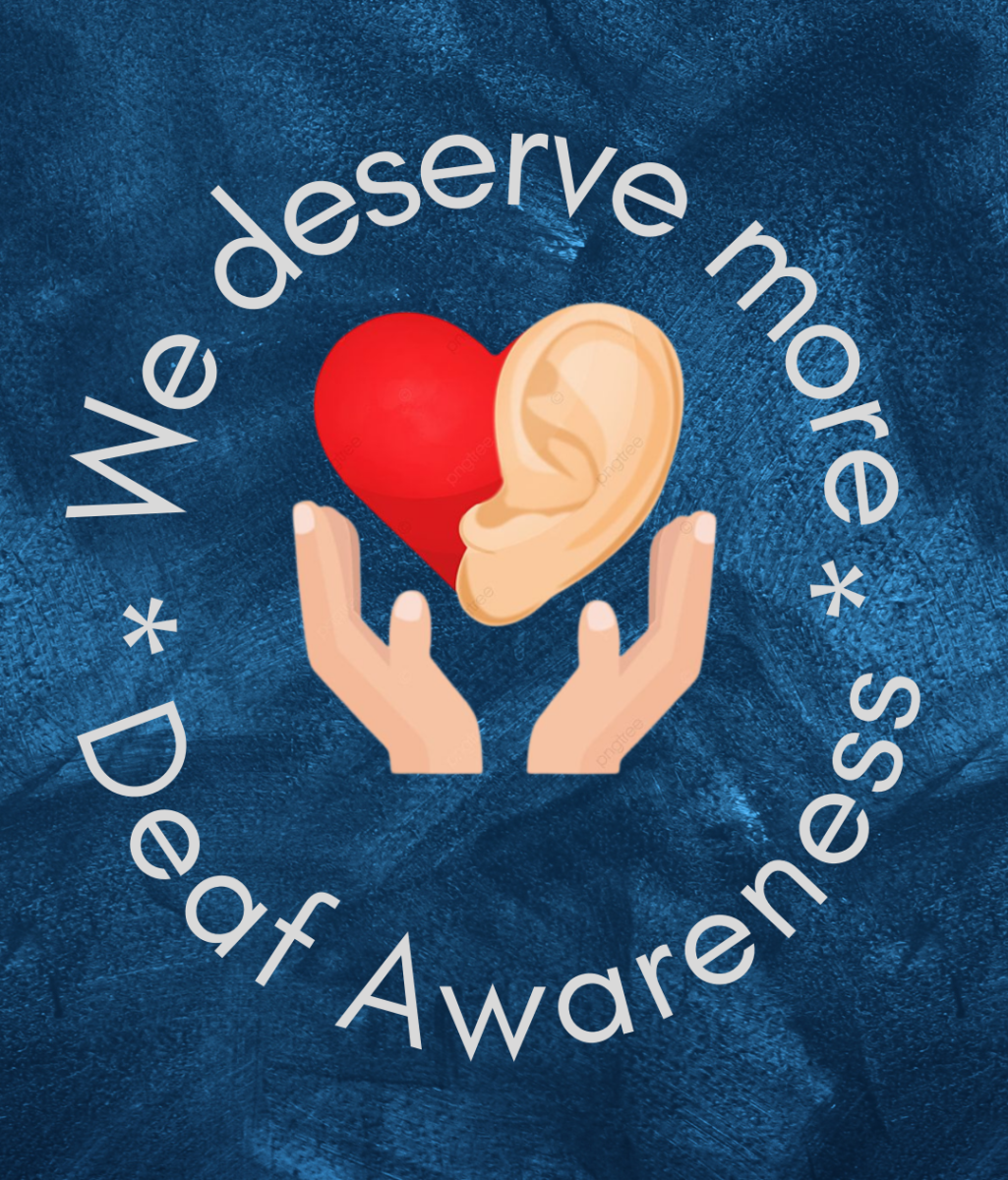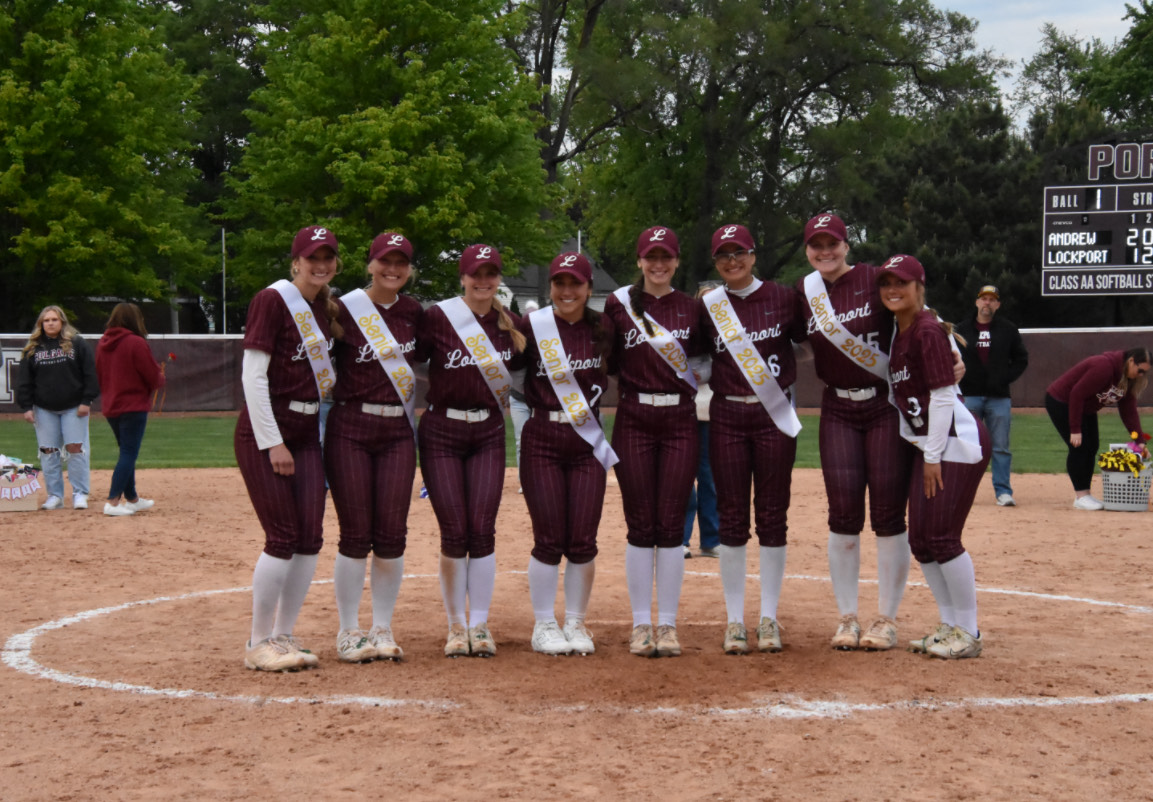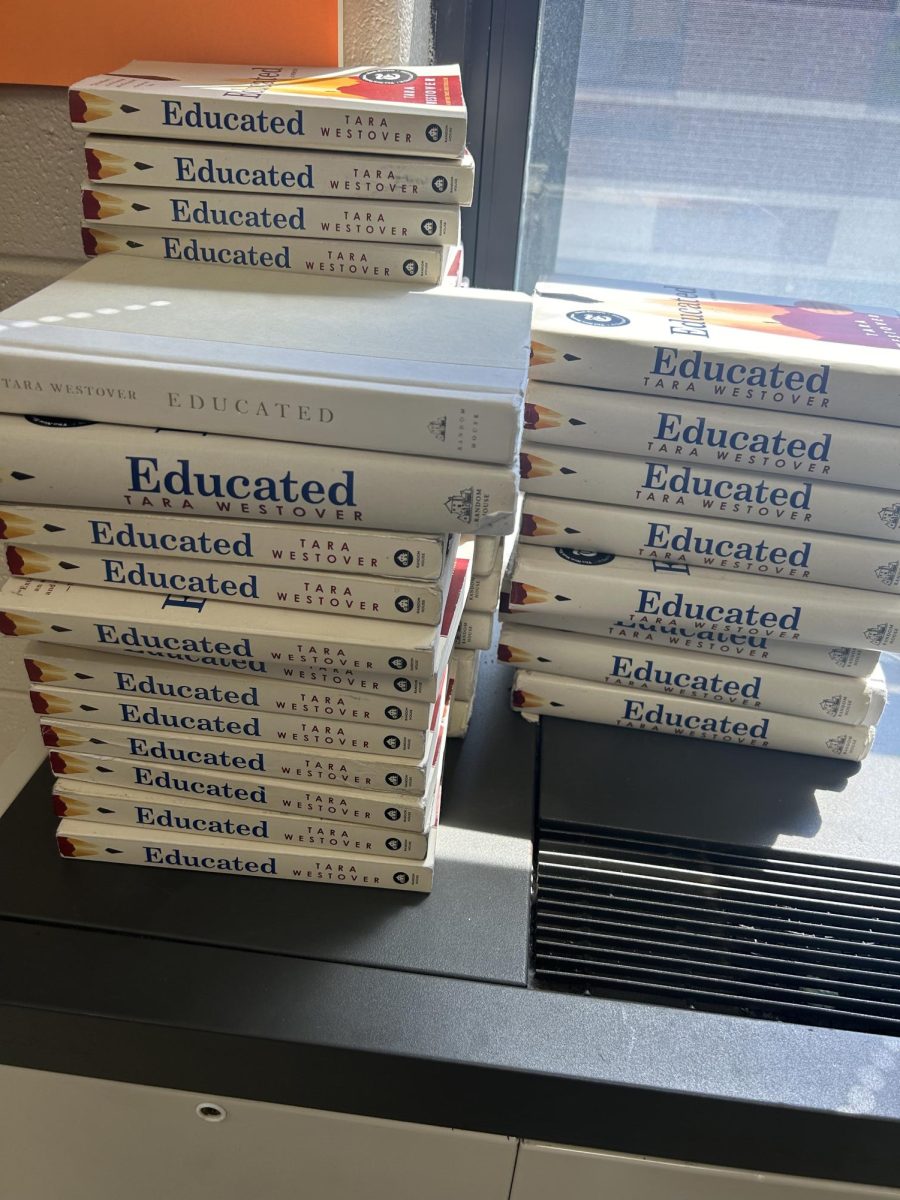Look back on all the years you have been through school. It doesn’t matter if you have graduated college, high school, or are still in school. Try to think of a time when you felt that your needs were not being heard or acknowledged. For most of us, a minor detail comes to mind, like when you couldn’t see the board from the back of your math class, or your English teacher talked too fast for you to comprehend. However, for students who are deaf and hard of hearing across the country, school is exponentially harder than the average experience.
Studies show from The Journal of Deaf Studies and Deaf education that about 85% of deaf or hard-of-hearing (DHH) students attend public school and 43% of those students spend their day in general education classrooms. Those students within gen-ed are often not put there by choice but because the special education program in their neighborhood schools is non-existent, full, or not equipped to meet the needs of a DHH student. Just to add insult to injury there is a huge national shortage of ASL interpreters, so much so that DHH students are being placed in gen-ed classrooms without an interpreter or any way of communicating with peers and teachers. This is obviously a massive problem as it goes against not only our society’s general moral code of inclusion but also the Americans with Disabilities Act (ADA). According to the ADA “Under the Americans with Disabilities Act (ADA), people who are deaf or hard of hearing are entitled to the same services law enforcement provides to anyone else. They may not be excluded or segregated from services, be denied services, or otherwise be treated differently than other people.”
There is a critical need for restructuring programs. Schools should be willing to expand their resources and expertise for students who are deaf and hard-of-hearing. This includes hiring more teachers who went to school for deaf education and encouraging current teachers to get certified in order to give students in the deaf community the opportunity for an equal education. Most importantly, the deaf community needs to be willing for this major change. Baby steps are better than none but our society is currently at a dead standstill for deaf-centric improvements.







